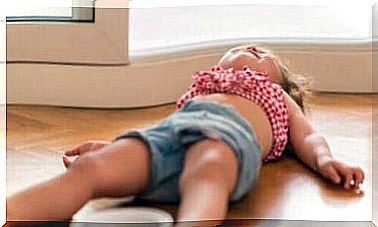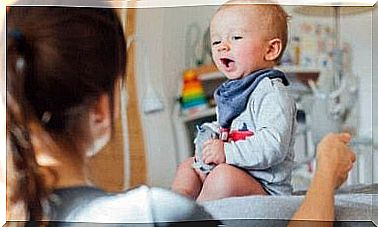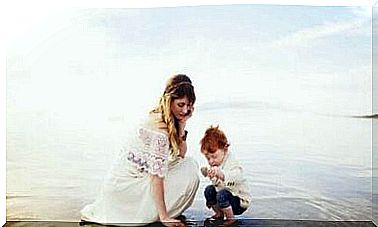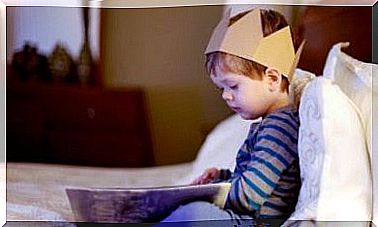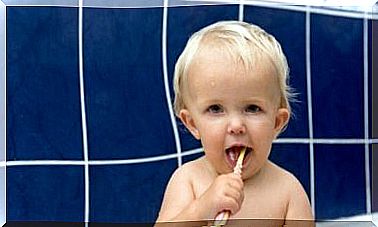7 Tips For Teaching Your Children To Swim
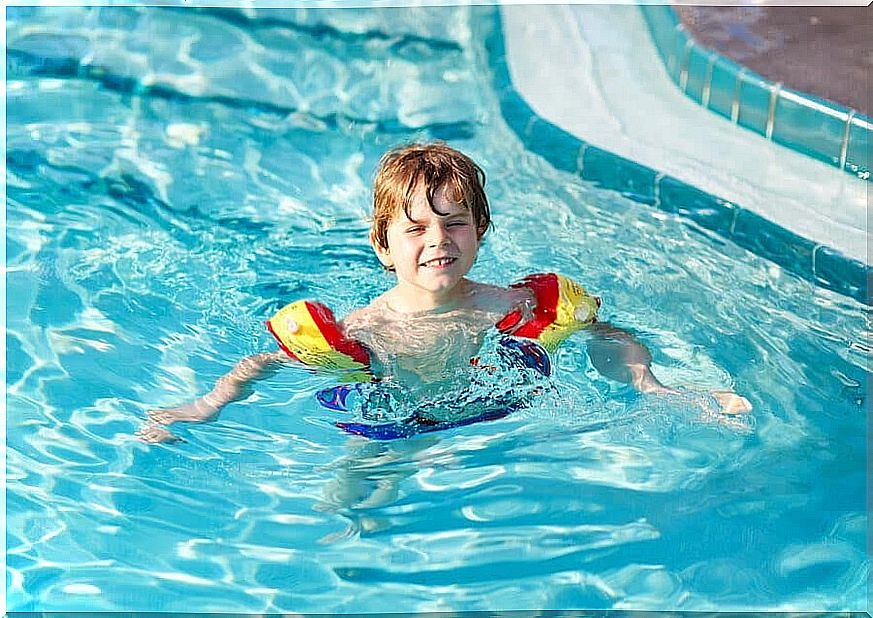
It is important to teach your children to swim. Not only is it fun, but it will prepare them for emergencies in the water. It also has great physical and intellectual benefits for children’s development.
7 tips for teaching children to swim from an early age
Many children are naturally drawn to the water, while others are more afraid and cautious. With a few simple tips, you can teach your kids to become excellent swimmers.
We must make them feel safe so that they are not afraid when they learn to swim
In order for the children to thrive and dare, we can give them some aids. Using swimming cushions or inflatable rings can help them adapt to the water and get used to the water. Some even choose to let the children wear life jackets when they play in the water before they can swim properly. This will help them get used to this new environment, which is completely different than on land.
2. Start in shallow water so that they bottom out
We must be careful to start in shallow water where children can stand on the bottom. This makes them feel safe. The biggest problem for children learning to swim is their fear of drowning.
If your child starts crying and does not want to go down in the pool, do not force it. You can encourage him or her to walk in if you are in the water. But if your baby continues to cry, do not force it. It is better to wait until he or she is ready.
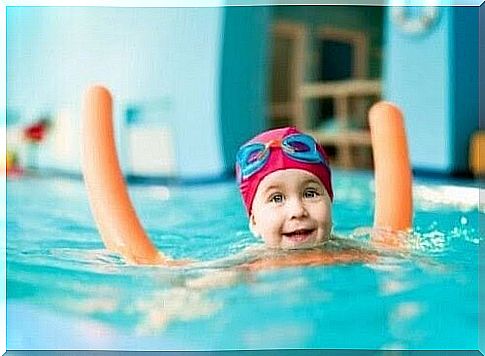
Teach them to blow bubbles in the tub
To start teaching your kids to swim, you can train them to hold their breath in the tub. Let them inhale and then exhale through your mouth underwater. This will show them how to make bubbles. While this is a fun game to play, it is actually an exercise in learning to swim.
4. Dip your head underwater
Once they have mastered the bubbles, ask your children to put their faces under the water as they blow bubbles. The first time, they may be surprised or nervous. When they see the bubbles and that nothing happens, their fear will disappear. If they are afraid of seeing bubbles coming out of their nose, ask them to look to the side or close their eyes.
5. Teach them to kick with their legs and take a swim with their arms
Gently hold them around your stomach. Help them stay afloat and horizontal as you move them forward. In the beginning, children tend to let their bodies and legs sink down so encourage them to kick and hold up the body as well as take a swim with their arms. After a lot of exercise, you can remove your hands from your stomach without them noticing.
6. Coordinate breathing and leg and arm movements
Now it’s time to coordinate the exercises. They can kick with their legs, take a swim and blow bubbles. Hold them under your arms and ask them to do both at the same time.
Let them try on their own
Once they have mastered both exercises at the same time, you can let go for a few seconds. This way, your children can see that it is easy to do it themselves.
But you have to be patient while they teach you. They will not learn to swim in one day but it takes a lot of practice.
Benefits of teaching your children to swim early
There are many benefits to teaching your children to swim. Of course, the most important thing is that they can save their lives in a dangerous situation.
Swimming also helps them to train, develop and strengthen almost all muscles in the body, it increases lung capacity and stimulates blood circulation.
In addition, it promotes coordination, motor skills and body reflexes. Undoubtedly, swimming helps your children grow and develop in a healthy way.
Precautions to take when your children are going to swim
When your children know how to swim, teach them certain precautions that they must remember. Teach them to always swim under the supervision of a responsible adult.
They should not swim if there are storms, high waves or strong currents, or if they are next to boats or jet skis. They must never dive with their head first unless they are absolutely sure that it is deep enough and do not swim alone.
Baby swimming: Training for babies
This is a pool activity for the baby and his or her parent, and also a trained instructor. The goal is to stimulate the child’s water development through play. It is generally recommended to start when the baby is four months old. By this time, his or her immune system is already sufficiently developed.
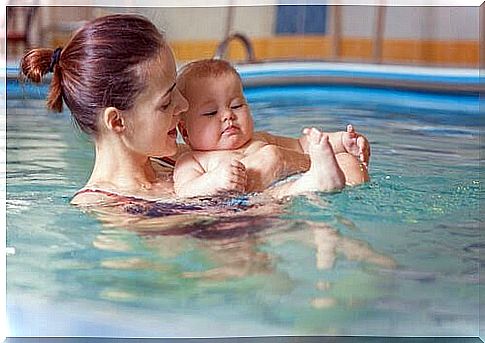
These classes can be between 30 and 40 minutes. They will all be based on the child’s condition and reflexes. You can use certain aids, such as balls. The instructor can help with this. With this method, the child can learn motor skills in the water at an age where he or she can not yet get ashore.
Swimming lessons are recommended when children are 4 years old. At this age, their bodies are sufficiently developed for this activity.
When you teach your children to swim, it will be an unforgettable experience. In addition to being useful to your children, it also helps to create family bonds.
